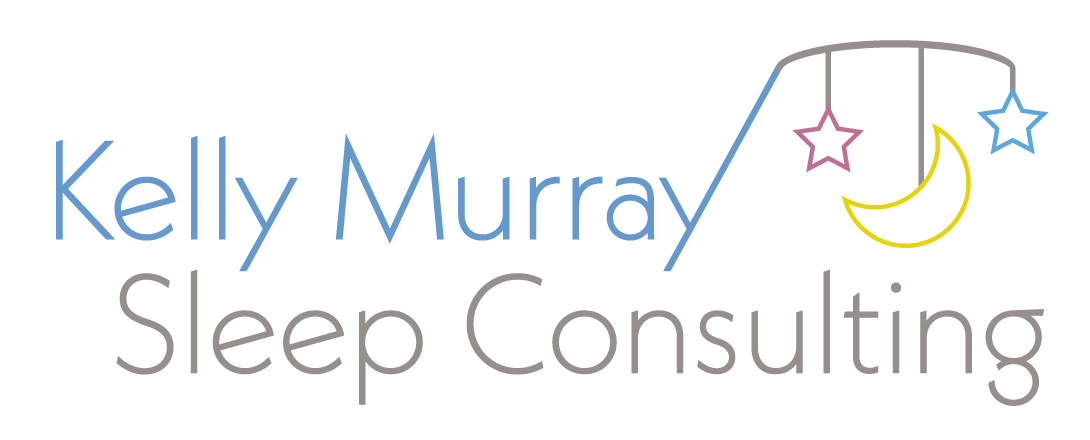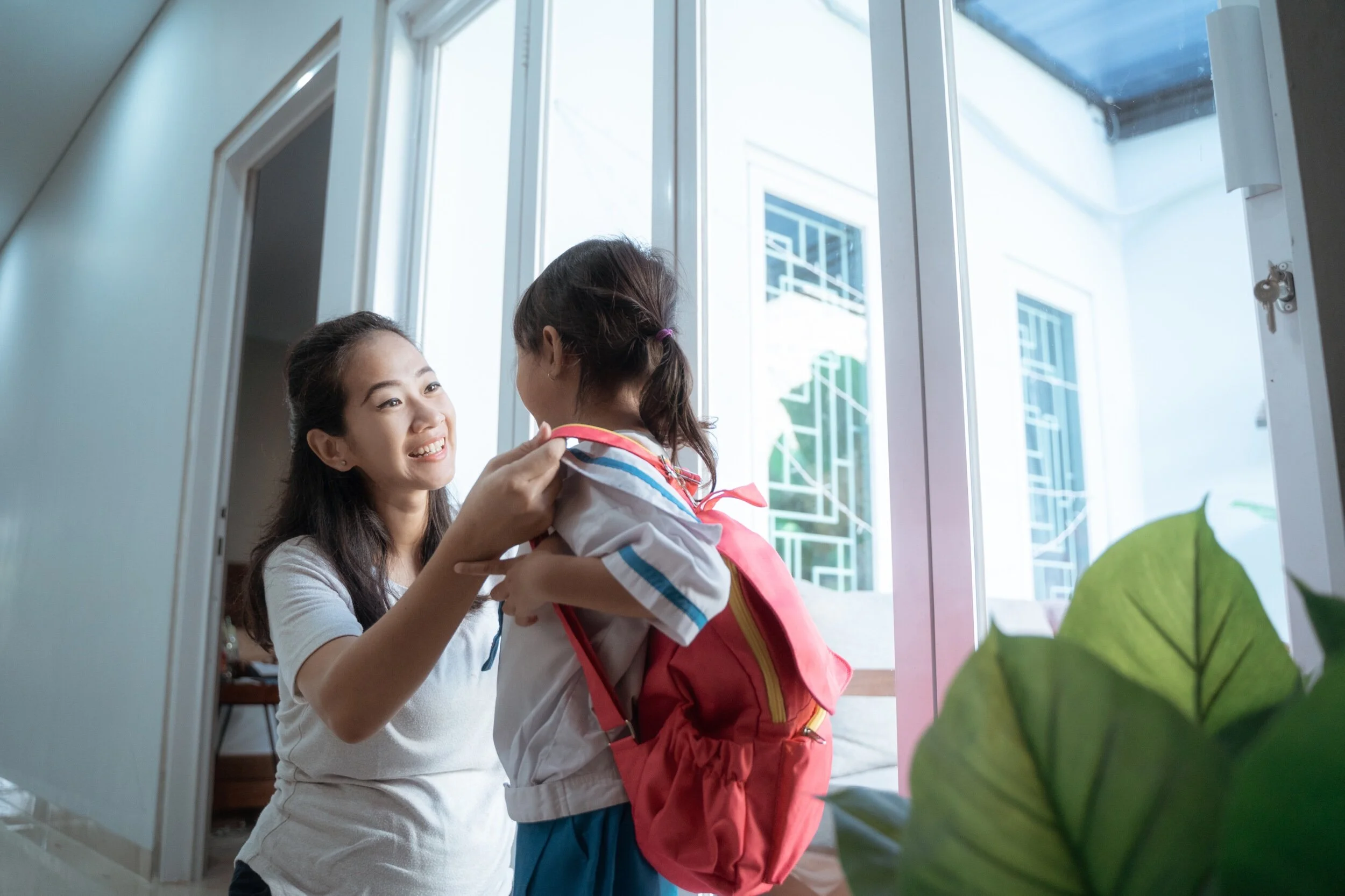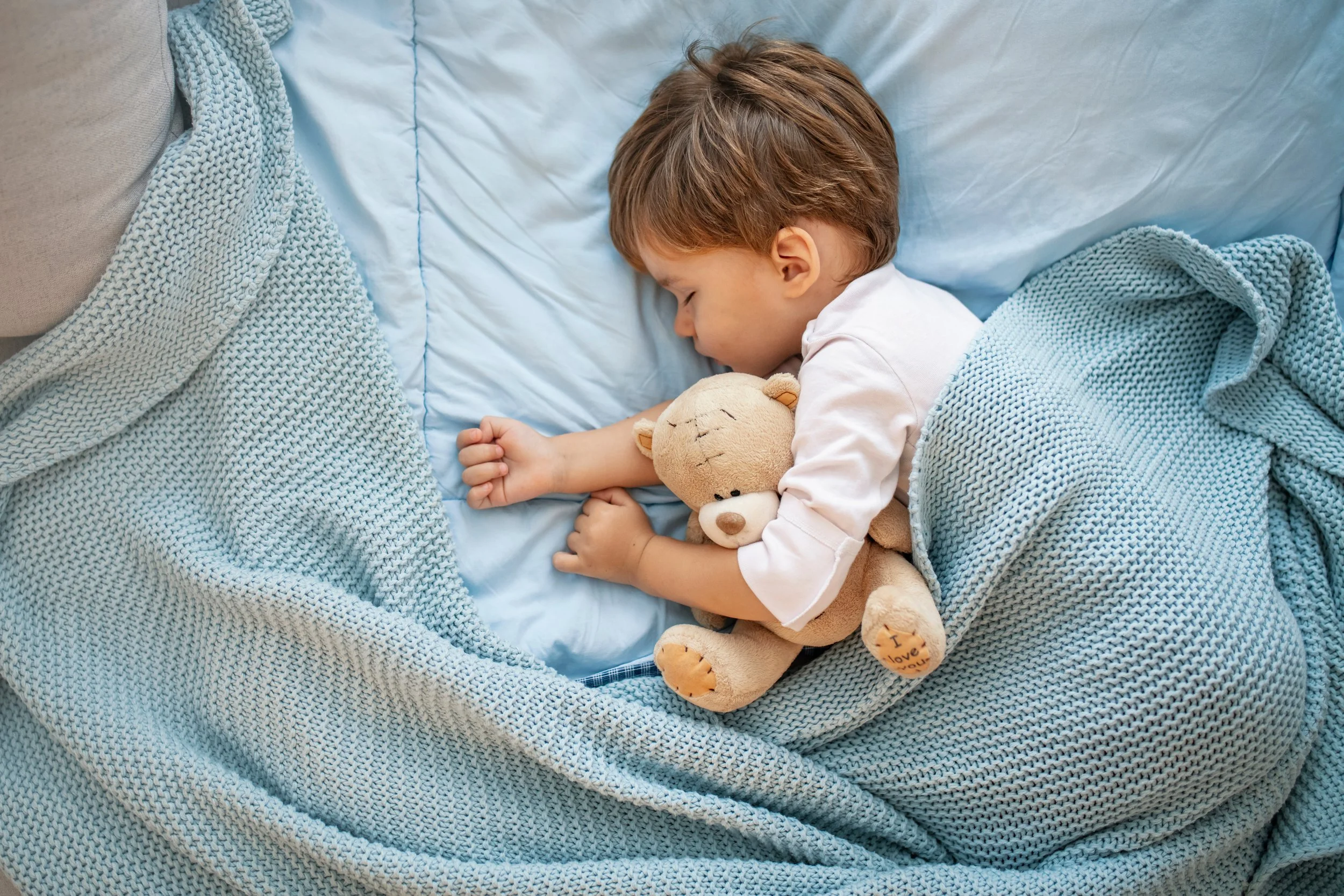It’s August! Which means it’s time for us to start preparing our children to go back to school. I know you probably have a ton on your to-do list (as do I!), but I want to add more thing just in case you haven’t thought of it yet:
It’s time to match your kiddo’s sleep schedule to their upcoming school schedule.
If you’re anything like me, you let your kids’ schedule slide later over the summer. It’s easy to do — in the summer, the days are lighter for longer, it’s warmer out, and there’s overall more fun to be had. But unfortunately, those days are numbered. We need to start working on shifting those schedules earlier so that our kids can be well-rested for the first day of school.
Sleep Eases Stress and Facilitates Learning
Sleep is so important for the school experience. It helps our children to learn.
When our children are in REM sleep (the dreaming state), their brain is taking information from their short-term memory and putting it into their long-term memory. Sleep allows them to learn. In addition, it helps them regulate their behavior.
When our children aren’t getting enough sleep, their bodies feel there must be some kind of danger. As a result, they enter the fight-or-flight state. While in this state, the amygdala (the portion of brain that regulates our fear response) turns on to overdrive and any tiny stressor is easily perceived as a big deal. Because of this, kids have a harder time handling stress — and let’s face it, back to school is a stressful time for kids. New teachers, new protocols (thanks, Covid), and new classmates who they want and need to get to know are all big changes they’re processing.
Ensuring our children are able to regulate their emotions appropriately is important for their total well-being, and that’s promoted in a major way through sleep.
Things to Consider Before Implementing a Sleep Schedule-Shifting Plan
Sleep Duration
You may be thinking to yourself, “How much sleep does my child need? Are they getting enough?”
According to the National Sleep Foundation, our children need the following amount of sleep:
School-age children (ages 6-13) → 9-11 hours of sleep/night
Pre-schoolers (ages 3-5) → 10-13 hours of sleep/24 hours (this number includes naps)
Time it takes to get ready and get to school on time
When figuring out where to start with shifting your child’s sleep schedule, first ask yourself, “What time does my kid need to wake up this year to get to school on time?”
You will take that wake-up time and how long it takes for them to fall asleep and then work backwards. For example:
My daughter Sheridan needs to wake up by 7:00 AM in order to get to school at 8:00 AM
Sheridan needs about 10 hours of sleep per night and it takes her about 20 minutes to fall asleep
This means we’re looking at a bedtime of 8:30 PM (ish)
Currently, she’s going to bed at 10:00 PM
This means I need to shift her schedule by an hour and a half
Once you’ve determined your ideal bedtime for your kiddo, you want to give yourself about a week or two for every hour that you have to shift their schedule earlier to start moving their bedtime up.
sensitivity to change
I also want you to ask yourself, “Is my child sensitive to schedule changes?” Sheridan is very sensitive. So here is my plan: I’m going to move her schedule by 15-minute increments every 3 days. Since I have to shift her schedule by an hour total, I have to give myself a good 2.5 weeks to make this happen.
If she wasn’t very sensitive, I would move her schedule in 30-minute increments, which means I’d have to give myself about a week and a half.
The Plan
DAY 1
—
1
Wake your child up earlier by 15-30 minutes, depending on their sensitivity.
2
Once they’re awake, try to either get them outside or somewhere really bright.
I have my kids eat breakfast outside (weather permitting) so that they’re exposed to a lot of sunlight. This light exposure helps their bodies produce more cortisol as soon as they wake up, which will allow their circadian rhythm to shift earlier.
The great thing about going outside is that you only need about 10 minutes of light exposure from the sun to trigger the cortisol response, which is why I recommend eating breakfast outside. If the weather doesn’t permit (or your child just isn’t having it and doesn’t want to go outside), just make sure they’re somewhere bright. Turn on all the lights, sit by a window, and expose them to as much light as possible.
3
If your child naps, you’ll need to move the nap 15-30 minutes earlier, too.
4
An hour before bedtime, dim the lights and turn down the thermostat by a couple of degrees.
Our core body temperature is programmed to lower by 2° in order to aid with melatonin production and help us fall asleep. We can assist with cueing our little ones’ bodies (and our own!) for sleep by setting the thermostat lower each night, especially as you shift their schedule. This is going to help their body to produce more melatonin so that they’re sleepier at the new bedtime.
5
In the evening, put them to bed 15-30 minutes earlier.
DAYS 2-3
—
6
Maintain the new schedule for the first 3 days.
If your child is extremely sensitive to schedule changes, consider extending this to 5 days.
DAYS 4-6
—
7
After 3 days, shift the schedule earlier again by 15-30 minutes.
Keep this up until you’re at the desired awake time.
8
Remain patient.
It’s important to remain patient with this. Your kiddo’s schedule isn’t going to adjust overnight, which is why I recommend taking it slowly every 3 to 5 days to make sure that you’re giving their body to adjust to each shift.
Like I say all the time, setting our expectations in terms of how children’s bodies are going to respond is very important when it comes to sleep success.
When the Routine Just Isn’t Working...
I hope these tips help you ensure that not only your kiddo’s backpack is packed for the first day of school, but that their body and brain are getting what they need in order for your child to be and feel their best. If you have any questions about this plan, please feel free to reach out to us! Send us a message at info@kellymurraysleep.com.
Sweet Dreams…
Kelly Murray is a certified sleep coach and an award-winning pediatric sleep consultant based in Chicago offering sleep coaching services nationwide.








